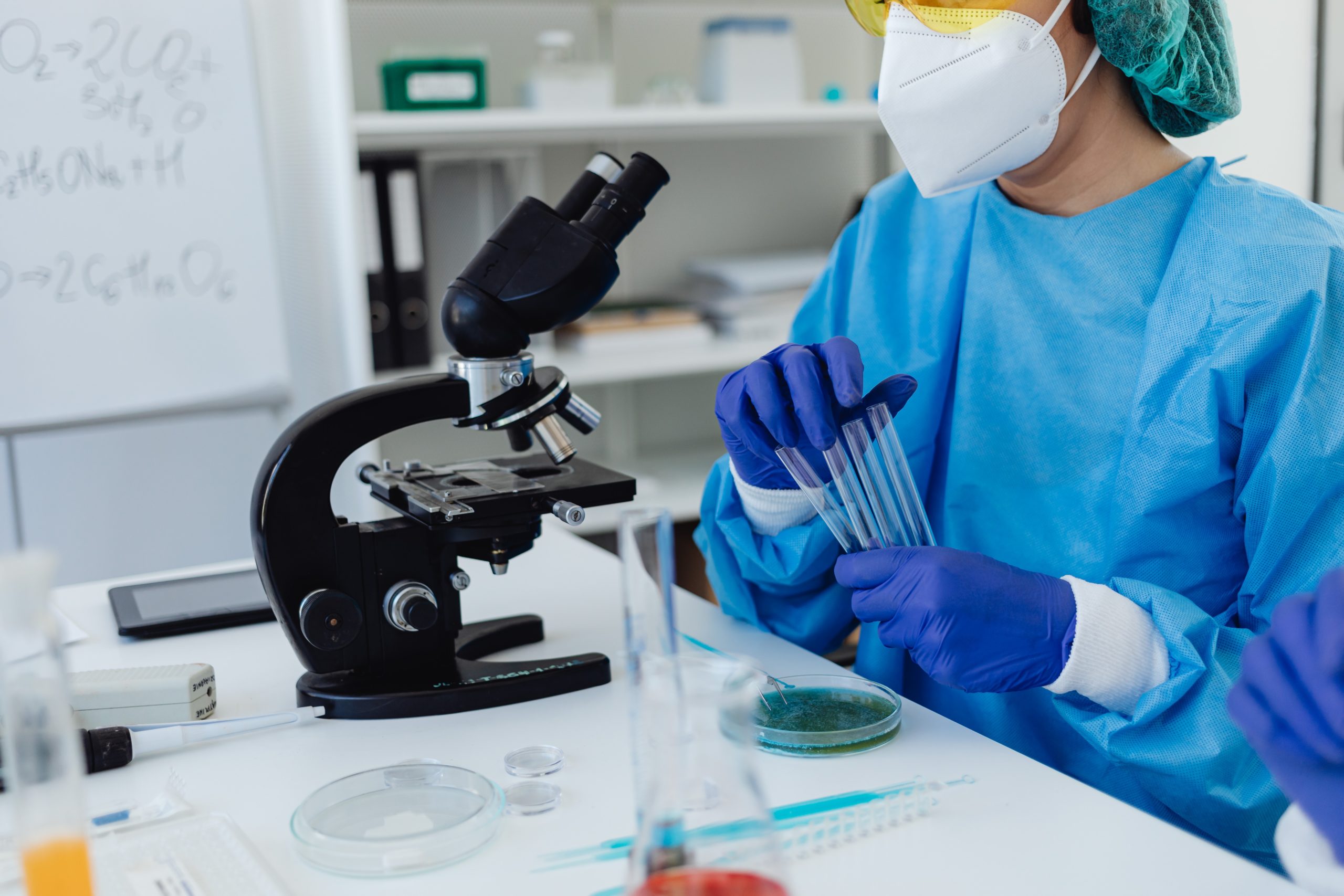Microalgae cells detection and state classification ML model based on microscope images
Industry
Life Sciences
Scope
Design / Implementation / Commissioning
Timeframe
1 month
-
2
trained models based on YOLOv8 algorithm (for x40 and x100 zoom images)
-
100+
instances from a single image can be counted in about 1 second
-
200
quality images were enough to get above 90% models’ accuracy
01
CLIENT
Created for AlgaEurope 2023 conference - the topic “Fast and efficient way of counting microalgae cells under microscope with ML image recognition method“. Project has proven that this technology is very reliable. It is now assisting our A4BEE laboratory staff in estimating the quantity and health status of our microalgae colony within the scope of A4BEE Innovation.
02
BUSINESS NEEDS
Efficiently and precisely enumerate diverse cell types within microscope images, providing a rapid and accurate estimation of the total population quantity. Facilitate early identification of anomalies, including potential infections.
03
CHALLENGE
To help our client achieve its goals, we faced the following challenges:
-
Data Quality and Quantity
Obtaining a diverse and representative dataset for training the object detection model is crucial. Limited or biased data can result in poor generalization and performance. -
Annotation Complexity
Manually annotating objects in images for training data can be time-consuming and error-prone. Ensuring accurate bounding boxes and labels is a challenging task, especially for complex scenes. -
Computational Resources
Training deep learning models for object detection requires significant computational power. Access to powerful GPUs or TPUs is essential, and the training process can be time-consuming. -
Deployment Challenges
Integrating the trained model into real-world applications involves dealing with issues like latency, model size, and compatibility with target platforms, which can be challenging. -
Model validation
Ensuring that the trained object detection model generalizes well to unseen data is a critical challenge. Achieving a balance between high performance on the training set and generalization to new images is a key consideration in implementation.

04
SOLUTION
By providing the model with established accuracy and a ready-to-use frontend API, clients can pass microscope images and receive processed outcomes and all necessary information. This outcome gives following benefits:
- Relieves laboratory technicians of monotonous and error-prone work
- Saves a lot of time when counting instances on microscope images
- Capture ratio between instances on single and multiple images
- Detect infection or other anomalies within the colony
- Generate .csv and .pdf reports from a set of images

A team of trusted people working towards a common goal can achieve spectacular results in no time. In biotechnology, the combination of machine learning and computer vision techniques is a real game changer. These tools help us extract value from complex biological data through pattern prediction and image analysis. It's taking our R&D to a whole new level of innovation.
Piotr Gorzelnik
Software Engineer
Technology used
05
OUTCOME
We were able to speed up the process of counting instances on microscope images. But also...
- By omitting human error and using a machine learning model, the results are generated accurately and repeatably.
- Laboratory technicians can skip monotonous tasks and focus on more important work.
- Our model can also detect colony infections in the early stages of spreading.
-
2
trained models based on YOLOv8 algorithm (for x40 and x100 zoom images)
-
100+
instances from a single image can be counted in about 1 second
-
200
quality images were enough to get above 90% models’ accuracy
